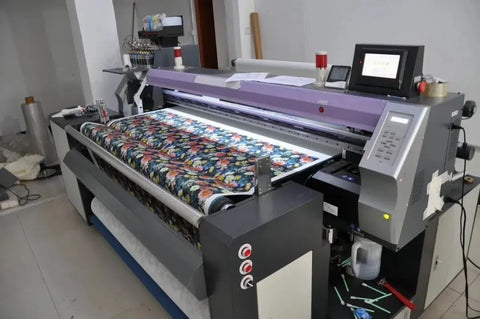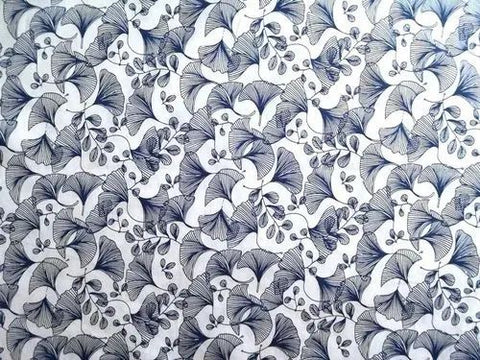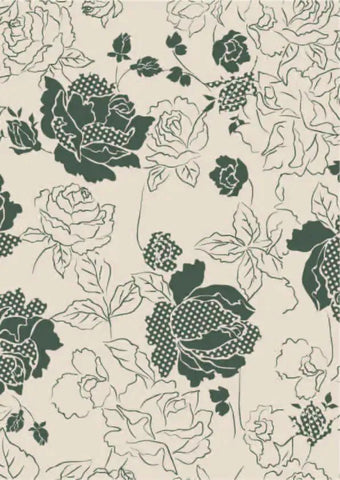The printing process is the key to differentiate a four-piece set with a common pattern. Ordinary layout, through various printing process, in the style, style to get a new life. Today we will introduce the five common printing process ~

1. Roller printing
The process method of printing on fabric with copper roller engraved with concave pattern is called circular screen printing, also known as copper roller printing cylinder. When printing, first make the surface of the cylinder stained with color paste, and then use a sharp and flat scraper to scrape the surface of the cylinder at the end of the engraved part of the color paste, so that the concave pattern left within the color paste. When the cylinder is embossed on the fabric, the color paste is transferred to the fabric and the pattern is printed. Each cylinder printing a color paste, such as in the printing equipment at the same time equipped with a number of cylinders, you can continuously print color patterns.

2. Digital printing
Digital printing, using digital technology for printing. Through the scanning image or computer production processing of various digital patterns into the computer, and then through the computer color separation printing system processing, there is a special RIP software through its printing system between a variety of printing special dyes (reactive, disperse and other coatings) directly printed on a variety of fabrics or other media. After processing, in a variety of textile fabrics to obtain the required variety of high-precision printing products.

3. Circular screen printing
Circular screen printing is a printing method that uses a squeegee to make the color paste inside the circular screen to be printed onto the fabric under pressure. Round screen printing has several important methods different from other screen printing methods. Screen printing, like roller printing, is a continuous process in which the printed fabric is conveyed through a wide rubber belt under a circular screen cylinder that is in constant motion. Screen printing is the fastest of the screen printing methods, with production speeds greater than 3,500 yards per hour. A seamless perforated metal or plastic mesh is used. The largest circular screen circumference is greater than 40 inches, so the largest flower return size is also greater than 40 inches. Screen printers with more than 20 sets of colors have also been produced, and this printing method is slowly replacing roller printing.

4. Flat screen printing
The printing mold is a polyester or nylon screen (pattern) fixed on a square frame with a hollow pattern. The pattern on the plate can pass through the color paste, no pattern at the polymer film layer to close the mesh. When printing, the plate presses the fabric, and the plate is full of color paste, and the color paste is scraped back and forth with the scraper to reach the surface of the fabric through the pattern. Flat screen printing production efficiency is low, but the adaptability is wide, flexible application, suitable for small quantities of multi-species production.

5. Water paste printing
The so-called water slurry, is a water-based slurry, printed on clothes feel is not strong, coverage is not strong, only suitable for printing on light-colored fabrics, the price is relatively flat, is a lower-grade printing types. But it also has an advantage, will not affect the original texture of the fabric (less impact), so it is more suitable for large-area printing patterns. Water-based printing paste, dissolved in water, the sauce itself is thinner. When printing, the printing paste is evenly leaked through the mesh of the screen printing plate to the part that needs to be printed, so that the pattern can be printed on the T-shirt.
